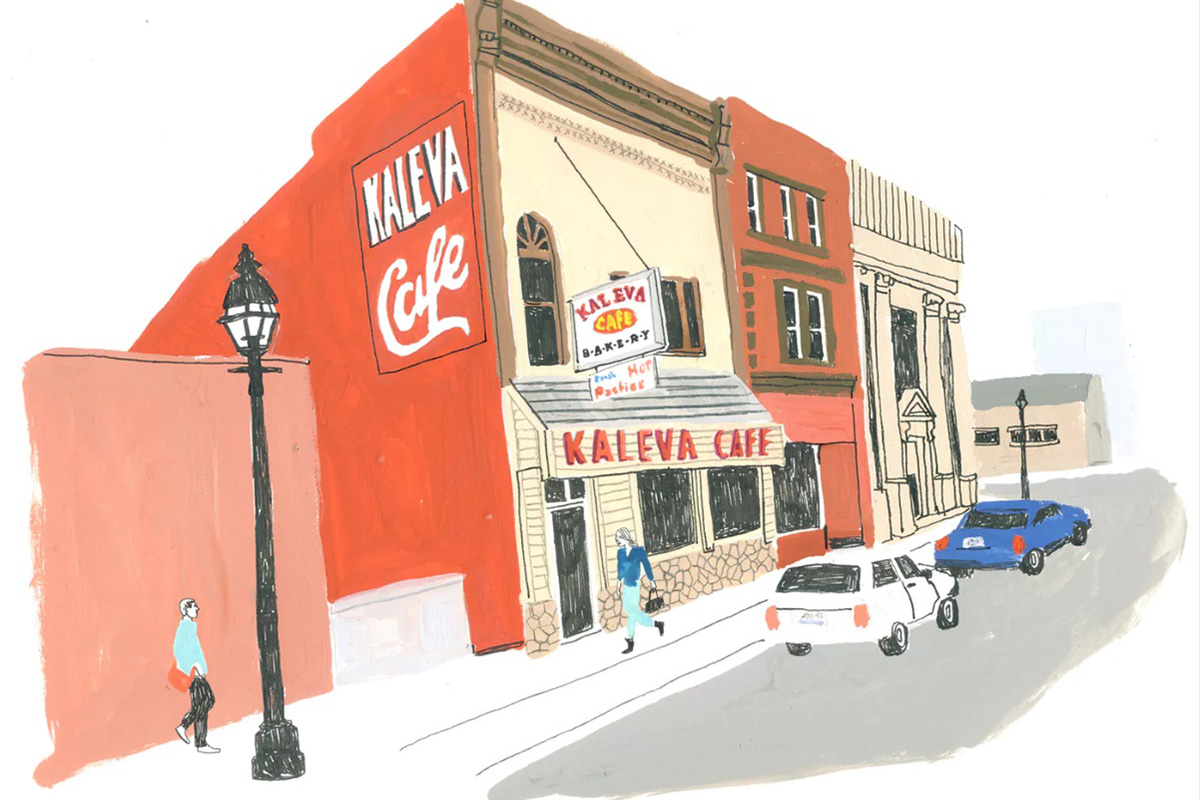Folklife Friday is a weekly digest of arts and culture articles, podcasts, and videos from across the web. Read on for a selection of the week’s best cultural heritage pieces, and don’t forget to check back next Friday for a new set of weekly picks.
Getting In and Out
For novelist Zadie Smith, Jordan Peele’s new film Get Out is as much a commentary on race as it is a reflection on appropriation. In the film, which plays with inversions and reversals, “to be oppressed is not so much to be hated as obscenely loved.” In this essay, Smith considers those subtleties, the complexities of biracial identity, and the nation’s intertwined racial history. “Whether they like it or not, Americans are one people,” Smith writes. “And the binary of black and white is only one part of this nation’s infinitely variegated racial composition.”
America’s Miniature Melting Pots
From Fremont, California, to Lowell, Massachusetts, America’s immigrant communities extend far beyond its urban centers, as Joshua David Stein explores here. In this richly illustrated piece, Stein traces the layered and diverse histories of the nation’s ethnic enclaves and provides snapshots of the traditions—cultural festivals, flavorful dishes, and generations-old bodegas—that each brings to its larger community.
All the Brown Girls on TV
In the web series Brown Girls, creators Sam Bailey and Fatimah Asghar present the lives of twenty-somethings in Chicago with fresh eyes. The series, recently acquired by HBO, takes as its subject Spanish-speaking, black, South Asian, and queer characters—individuals who are “the same only in that they are different.” With a focus on multiple marginal identities, Bailey and Asghar arrive at the intersectionality of their worlds and, in doing so, create a series “for the rest of us.”
On the Importance of Collaboration (and Remuneration!) in Ethnographic Photography
In this review of the PetaPixel piece “How to Deal with Locals Who Ask You for Money to Take Their Photo,” Dick Powis examines the paternalism and condescension with which some travel photographers approach new communities. “If you find yourself in a busy market place with a camera and everyone covers their faces, you do not get to take a photograph of their faces,” Powis writes. “If they demand money for a photograph and you do not pay, you do not get to take a photograph of them.” Powis urges photographers to work with locals as “collaborators” rather than “subjects” and weighs the ethical implications of both approaches.
Ancient Ruins Keep Being ‘Discovered’: Were They Ever Lost?
“My work has never been about finding sites,” writes Christopher Begley, professor of archaeology at Transylvania University. “It’s about finding out how leaders gained and maintained power, how these ancient societies interacted with other groups.” In this article, Begley reflects on his work with Pech communities in Honduras and the limitations of the hegemonic gaze. “By ‘finding’ a lost city from the air, archaeologists fail to understand the depth and breadth of knowledge and experience that communities have of their place and their past.”
Special thanks to editor Elisa Hough and to Michael Mason and Robert Leopold for their contributions to this week’s digest.


